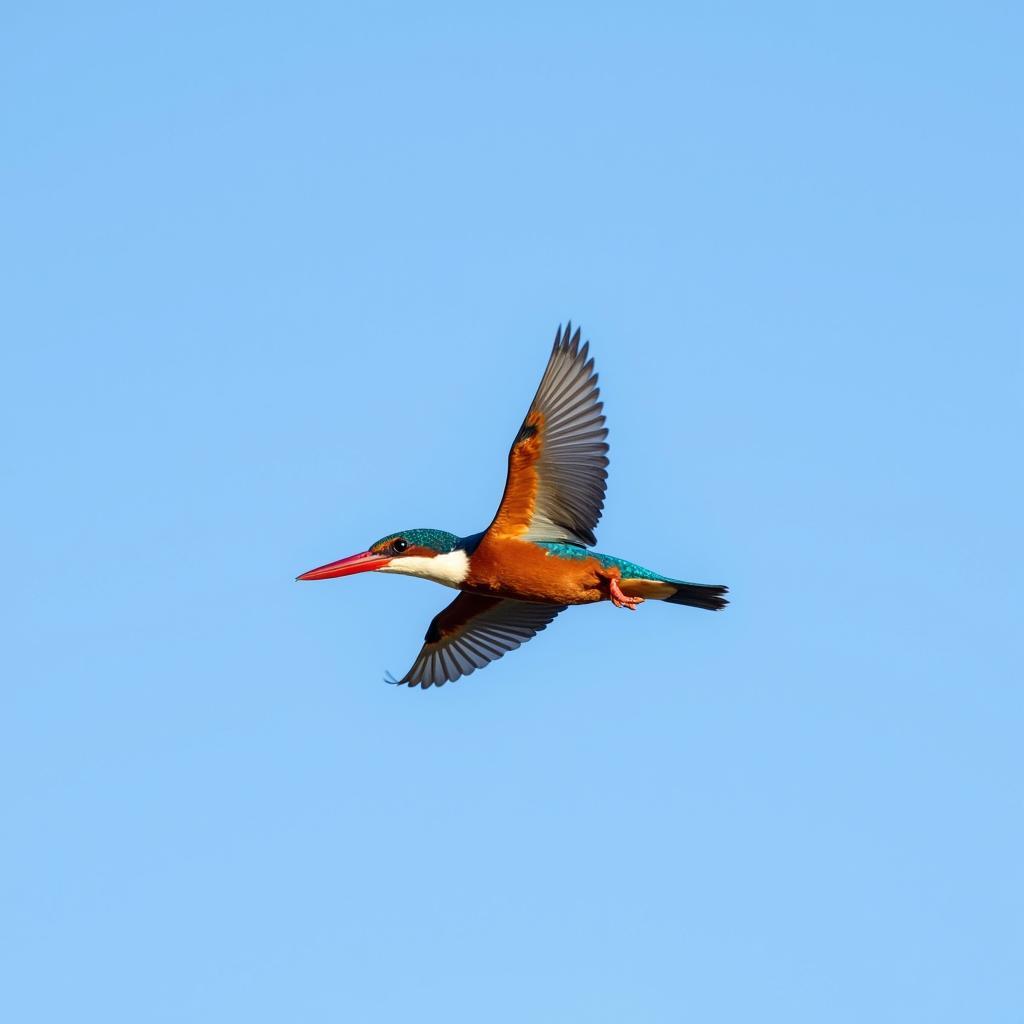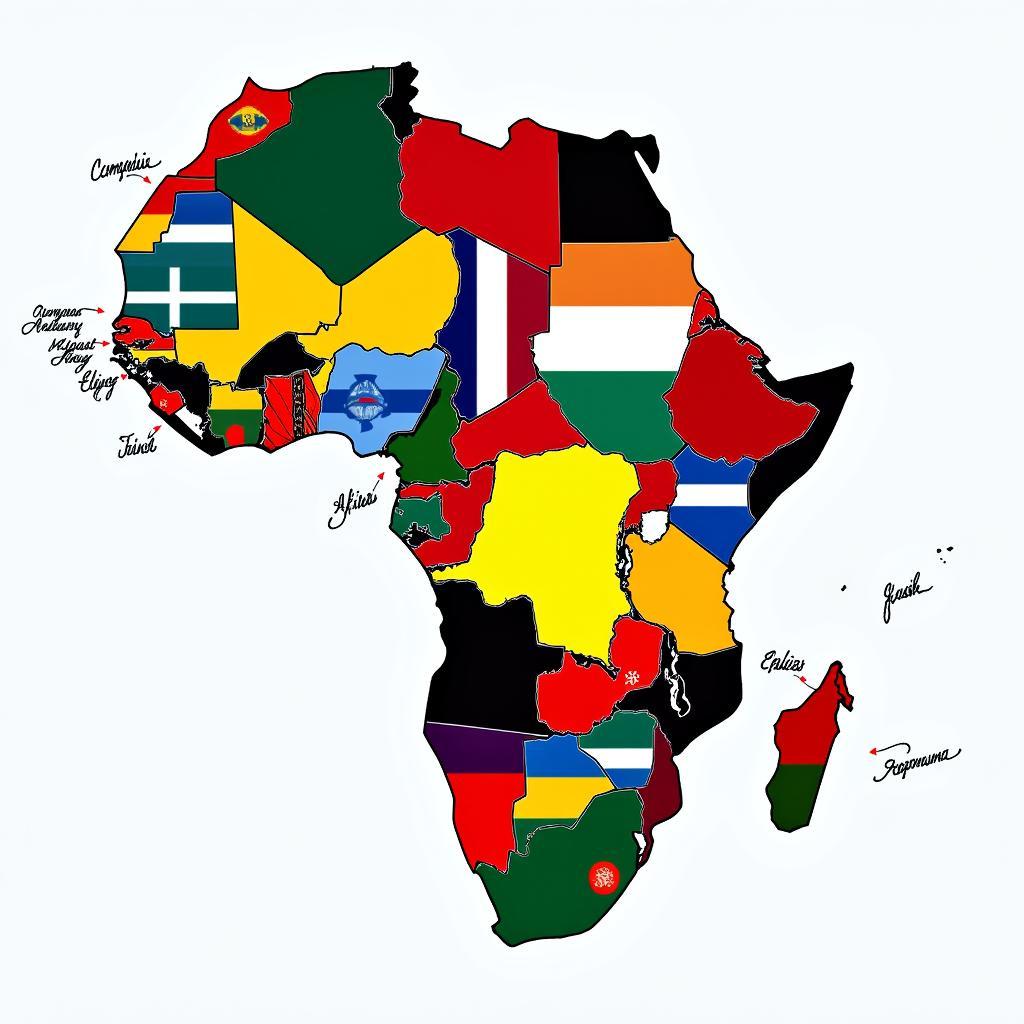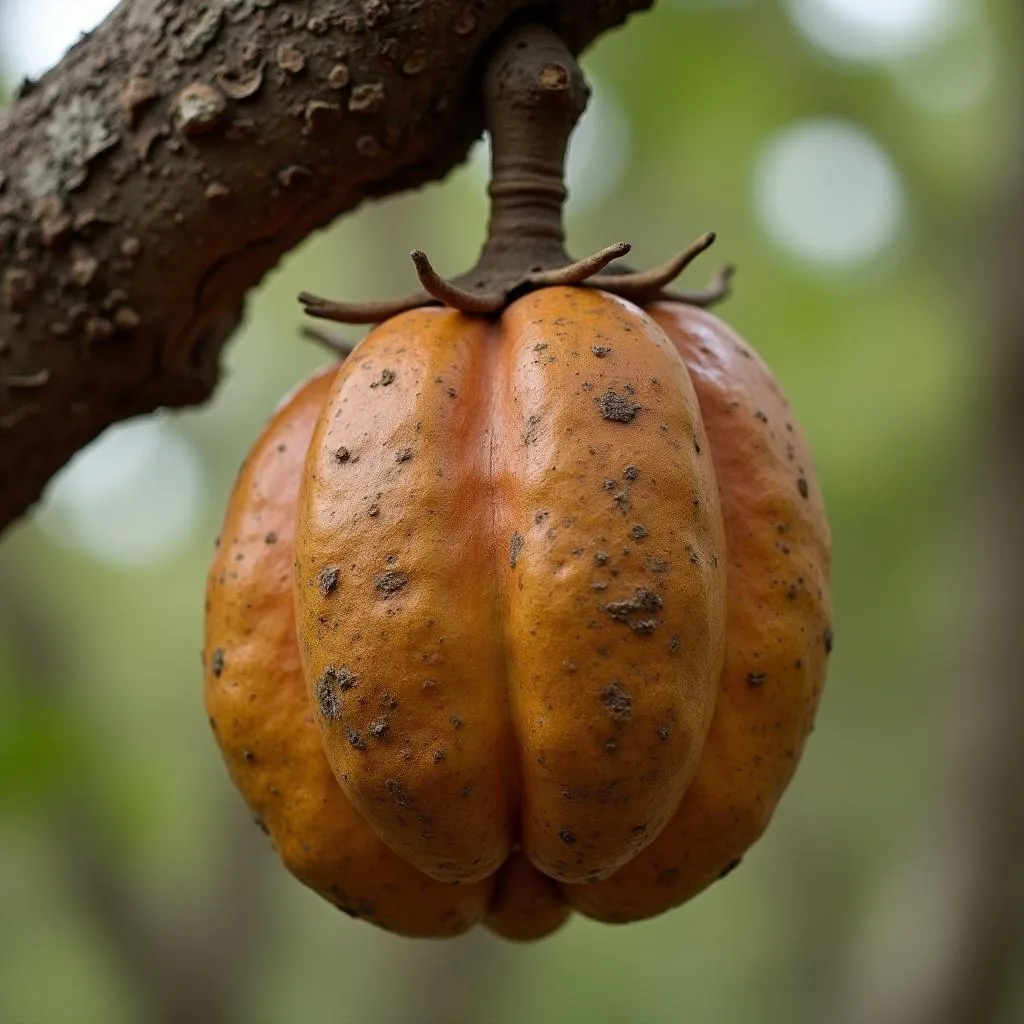The Enigmatic African Addax: A Majestic Antelope Fighting for Survival
The African Addax, also known as the white antelope or the screwhorn antelope, is a critically endangered species native to the Sahara Desert. These majestic creatures have captured the imagination for centuries with their striking appearance and remarkable adaptations to one of the harshest environments on Earth.
A Desert Nomad: Perfectly Adapted for Harsh Conditions
The addax is a master of survival, having evolved to thrive in the extreme heat and aridity of the Sahara. Their most distinctive feature, their long, spiraling horns, can grow up to 110 centimeters (43 inches) in females and slightly shorter in males. These horns are not just for show; they play a crucial role in thermoregulation, dissipating heat and helping the addax stay cool. Their pale coat, which can range from sandy brown in the summer to almost pure white in the winter, also reflects sunlight, further aiding in temperature control.
These antelopes are incredibly efficient at conserving water. They obtain most of their moisture from the sparse vegetation they consume, such as grasses, herbs, and acacia leaves. Addax can go for months without drinking water, relying on their specialized kidneys to extract every last drop from their food. Their large, flat hooves, resembling those of a snowshoe, allow them to navigate the loose sand dunes with ease, minimizing energy expenditure while searching for sustenance.
Social Creatures and the Importance of Seasonal Migration
African addax are social animals, typically found in herds of five to 20 individuals led by a dominant male. These herds roam vast distances in search of food and water, often following traditional migration routes passed down through generations. This nomadic lifestyle is essential for their survival, allowing them to exploit the scarce resources of the Sahara.
On the Brink of Extinction: The Plight of the Addax
Sadly, the future of the African addax is in jeopardy. They are classified as critically endangered by the International Union for Conservation of Nature (IUCN), with only an estimated 30-90 individuals remaining in the wild. The primary threats to their survival are habitat loss, poaching, and climate change.
The expansion of human settlements, agriculture, and oil exploration has fragmented their habitat and disrupted their migration routes. Unregulated hunting for their meat, skin, and horns has also taken a heavy toll on their numbers.
Conservation Efforts: A Glimmer of Hope
Despite the dire situation, there is hope for the African addax. Numerous conservation organizations are working tirelessly to protect the remaining populations and their habitat. These efforts include:
- Establishing protected areas: Creating safe havens where addax can live and breed without human interference.
- Anti-poaching patrols: Combating illegal hunting and protecting addax from poachers.
- Captive breeding programs: Breeding addax in controlled environments to increase their numbers and potentially reintroduce them into the wild.
- Community engagement: Educating local communities about the importance of addax conservation and involving them in protection efforts.
The Future of the African Addax: Our Collective Responsibility
The fate of the African addax hangs in the balance. Their story is a stark reminder of the interconnectedness of all living things and the urgent need for conservation action. By supporting conservation organizations, raising awareness about their plight, and advocating for sustainable practices, we can all contribute to ensuring that these magnificent creatures continue to grace the Sahara Desert for generations to come.
FAQ:
-
What do African addax eat?
Addax are herbivores, primarily feeding on grasses, herbs, and acacia leaves. -
How long can addax live?
The average lifespan of an addax in the wild is around 19 years. -
Where can I see African addax?
Due to their critically endangered status, wild addax are extremely rare to spot. However, several zoos and wildlife parks worldwide participate in breeding programs, offering a chance to observe these majestic animals. -
How can I help protect African addax?
You can support reputable conservation organizations working to protect addax and their habitat through donations, volunteering, or spreading awareness. -
Are there any successful addax reintroduction programs?
While reintroduction programs are challenging, there have been some successes. Continued efforts to restore their habitat and protect them from threats are crucial for the long-term survival of the species.
For more information about African animals and their conservation, you can explore our articles on african animals by region.
We encourage you to learn more about these fascinating creatures and join the fight to save them from extinction. Your support can make a world of difference for the African addax and countless other species facing similar threats.
Need Help?
Contact us:
Phone Number: +255768904061
Email: kaka.mag@gmail.com
Address: Mbarali DC Mawindi, Kangaga, Tanzania.
Our customer care team is available 24/7.



